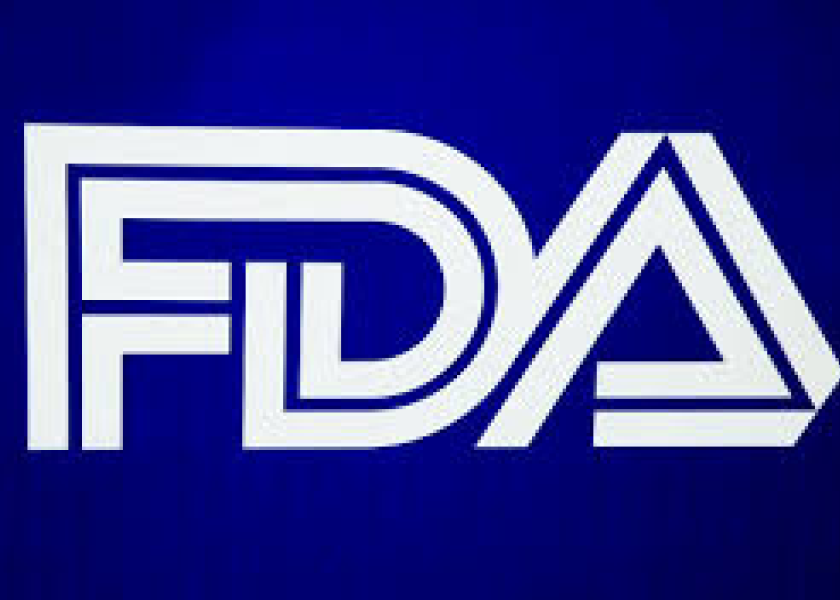FDA Extends Comment Period on Withdrawal Times

On September 11, 2019, the FDA extended the comment period for its request for public input on transit times to slaughter facilities, milking frequency and interpretation of zero-day withdrawal periods and zero-day milk discard times for animal drugs. The comment period will now close on January 6, 2020.
The request for comments relates to several key issues aimed at ensuring that its procedures for assigning withdrawal periods for animal drugs intended for use in food-producing animals adequately take into consideration current industry practices.
The agency is requesting public input on:
(1) industry practices regarding how long it takes to transport certain food producing animals from production facilities to slaughter facilities;
(2) how frequently dairy animals are milked; and (3) how end users, such as animal producers or veterinarians, interpret animal drug labeling that states the drug has a “zero-day withdrawal period” or “zero-day milk discard time,” terms that indicate that an animal’s meat or milk is allowed to enter the food chain regardless of how much time has passed since the animal was last given the drug.
New animal drugs are assigned withdrawal periods and milk discard times when they are approved for use in food-producing animals. The withdrawal period or milk discard time is the interval between the last time the animal received a drug and the time when the animal can be slaughtered for human food or the milk can be consumed by people, respectively. If established withdrawal periods and milk discard times are appropriately followed, any drug residues present are expected to be safe for people to eat. In most cases, the FDA assigns a zero-day withdrawal period or zero-day milk discard time to new animal drugs when data or information demonstrate that edible tissues or milk can be consumed within time points known as “practical zero” withdrawal or milk discard.
Since the 1980s, the FDA has defined practical zero withdrawal as six hours for poultry and 12 hours for cattle and pigs, and practical zero milk discard as 12 hours for lactating dairy cows. The FDA currently assigns a zero-day withdrawal period or zero-day milk discard time to new animal drugs if data from scientific studies or other available information confirm that the amount of the drug remaining in edible tissues or milk from treated animals is safe for people to eat six hours after the last dose for poultry or 12 hours after the last dose for cattle, pigs, sheep, and goats.
The FDA recognizes that the animal agriculture industry has undergone significant changes since the 1980s when the current assumptions about transit time to slaughter and milking frequency were formulated. The agency has no indication of any new safety concerns: in fact, the number of drug residue violations detected by USDA at slaughter and reported to FDA has been trending downward since 2013. Instead, the FDA is seeking information about current industry practices and the end user’s interpretation of labeling statements. This information will help the FDA update its procedures, as necessary, to ensure that current industry practices are being appropriately considered.
The agency is accepting public comments on these topics for all food-producing animals except laying hens, honey bees, and food-producing aquatic animals because the concept of practical zero withdrawal does not apply to these classes of food-producing animals.
The FDA is accepting public comments for 60 days from the date of publication in the Federal Register. To electronically submit comments to the docket, visit www.regulations.gov and type FDA-2019-N-3019 in the search box. For assistance in submitting electronic comments, please see Regulations.gov Help.
To submit comments to the docket by mail, use the following address. Be sure to include docket number FDA-2019-N-3019 on each page of your written comments.
Dockets Management Staff
HFA-305
Food and Drug Administration
5630 Fishers Lane, Room 1061
Rockville, MD 20852
After the close of the comment period, the FDA will review the docket and consider the submitted comments to determine if the agency’s current approach to assigning zero-day withdrawal periods and zero-day milk discard times to new animal drugs is appropriate.
For more information:
From an Idea to the Marketplace: The Journey of an Animal Drug through the Approval Process







